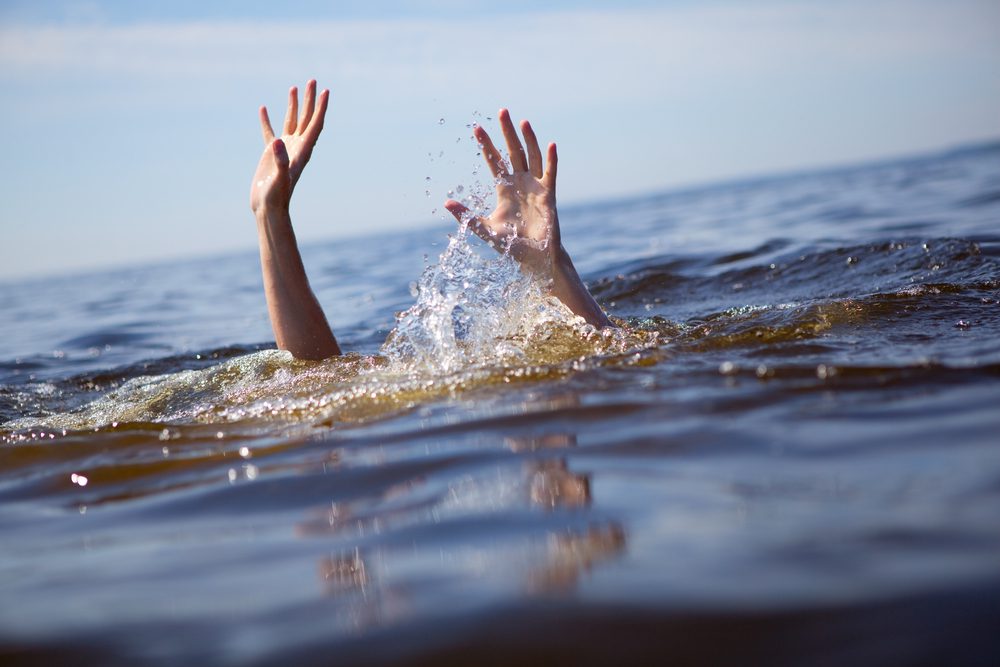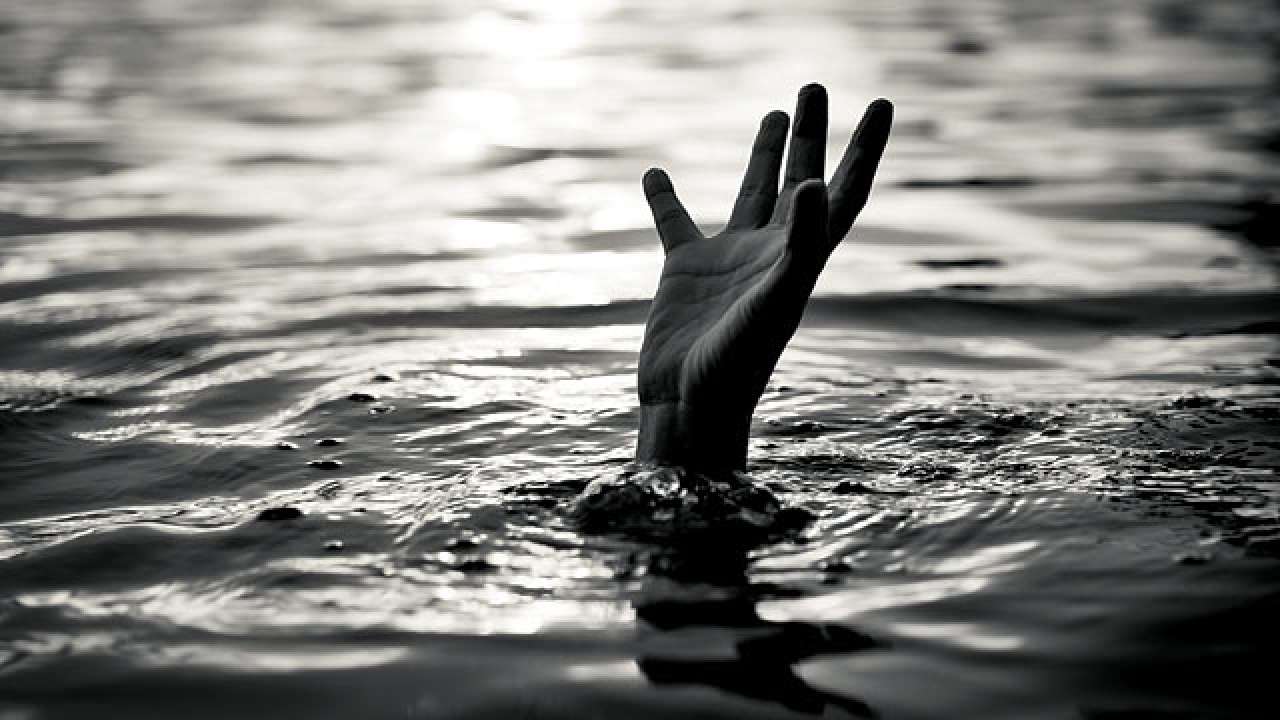Understanding The Dangers Of Drowning: Prevention, Causes, And Survival
Drowning is one of the leading causes of unintentional injury-related deaths worldwide, affecting individuals of all ages and backgrounds. According to the World Health Organization (WHO), drowning claims over 236,000 lives annually, making it a global public health issue. This alarming statistic underscores the importance of understanding the causes, prevention, and response to drowning incidents. By educating ourselves and others, we can significantly reduce the risks and save countless lives.
Drowning often occurs silently and quickly, leaving little time for intervention. Contrary to popular belief, drowning does not always involve visible struggle or loud cries for help. In fact, many victims experience what experts call "silent drowning," where they are unable to call for help due to the lack of oxygen. Recognizing the signs of drowning and knowing how to respond can make all the difference in emergency situations.
This article will explore the dangers of drowning, its causes, and effective prevention strategies. We will also discuss the importance of water safety education, first aid techniques, and the role of communities in reducing drowning incidents. By the end of this article, you will have a comprehensive understanding of how to protect yourself and your loved ones from the risks of drowning.
Read also:Doja Cat Boobs A Comprehensive Exploration Of Pop Culture Body Positivity And Celebrity Image
Table of Contents
- What is Drowning?
- Statistics of Drowning
- Causes of Drowning
- Types of Drowning
- Prevention of Drowning
- Water Safety Tips
- First Aid for Drowning
- Drowning in Children
- Drowning in Adults
- Community Efforts to Prevent Drowning
What is Drowning?
Drowning refers to the process of experiencing respiratory impairment as a result of being submerged or immersed in liquid. It is a life-threatening event that can lead to death, permanent brain damage, or other severe consequences if not addressed promptly. Drowning can occur in various environments, including swimming pools, lakes, rivers, oceans, and even bathtubs. Understanding the mechanics of drowning is crucial for recognizing the signs and taking appropriate action.
There are two primary stages of drowning: active and passive. Active drowning occurs when a person is struggling to stay afloat and breathing becomes compromised. Passive drowning, on the other hand, happens when an individual is submerged without visible signs of struggle, often due to unconsciousness or other factors. Both scenarios require immediate intervention to prevent fatal outcomes.
Signs of Drowning
Recognizing the signs of drowning can be challenging, especially in cases of silent drowning. Below are some common indicators to watch for:
- Head tilted back with mouth open
- Arms flailing or extended outward
- Eyes wide open or closed
- Attempting to swim but making no progress
- Gasp for air or hyperventilation
Statistics of Drowning
Drowning statistics reveal a troubling trend that demands immediate attention. According to the Centers for Disease Control and Prevention (CDC), drowning ranks as the fifth leading cause of unintentional injury death in the United States. Globally, children under the age of five and males are at the highest risk of drowning. These disparities highlight the need for targeted prevention strategies.
The following data provides further insight into the scope of the problem:
- Approximately 4,000 people die from drowning each year in the U.S.
- For every child who dies from drowning, five receive emergency care for nonfatal submersion injuries.
- Alcohol use contributes to up to 70% of water recreation deaths among adolescents and adults.
Causes of Drowning
Several factors contribute to drowning incidents, many of which are preventable. Understanding these causes is essential for developing effective safety measures. Below are some of the most common causes:
Read also:Diane Lou Oswald A Comprehensive Look At Her Life Career And Achievements
Lack of Supervision
One of the leading causes of drowning, particularly among children, is the lack of proper supervision. Parents and guardians must remain vigilant when children are near water, whether at home or in public spaces.
Alcohol Consumption
Alcohol impairs judgment, balance, and coordination, making it a significant risk factor for drowning. Individuals under the influence are more likely to engage in risky behaviors near water, increasing the likelihood of accidents.
Swimming Ability
Many drowning victims lack basic swimming skills or overestimate their abilities. Enrolling in swim lessons and practicing regularly can significantly reduce the risk of drowning.
Types of Drowning
Drowning can be classified into three main categories: wet drowning, dry drowning, and secondary drowning. Each type involves different mechanisms and outcomes, requiring specific interventions.
Wet Drowning
Wet drowning occurs when water enters the lungs, causing respiratory distress. Immediate medical attention is necessary to remove the water and restore normal breathing.
Dry Drowning
Although less common, dry drowning involves the vocal cords spasming and closing off the airway, preventing air from entering the lungs. This condition can occur hours after exposure to water and requires prompt medical evaluation.
Secondary Drowning
Secondary drowning happens when water is inhaled into the lungs, leading to inflammation and fluid buildup over time. Symptoms may not appear immediately, making it crucial to seek medical care after a near-drowning incident.
Prevention of Drowning
Preventing drowning requires a combination of education, preparation, and vigilance. Below are some effective strategies for reducing the risk of drowning:
Install Barriers
Fencing around swimming pools and securing access points to natural water bodies can prevent accidental submersion, especially for young children.
Learn to Swim
Enrolling in swim lessons is one of the most effective ways to reduce drowning risks. Learning basic water survival skills can empower individuals to handle emergencies with confidence.
Wear Life Jackets
When boating or participating in water activities, wearing properly fitted life jackets can significantly enhance safety and prevent drowning.
Water Safety Tips
Staying safe around water involves adopting responsible behaviors and following established guidelines. Below are some practical tips for ensuring water safety:
- Never swim alone, even if you are a strong swimmer.
- Be aware of weather conditions and avoid swimming during storms or high winds.
- Teach children to ask permission before entering the water.
- Know the depth and conditions of the water before entering.
- Follow posted signs and warnings at public swimming areas.
First Aid for Drowning
In the event of a drowning incident, immediate first aid can improve the victim's chances of survival. Below are the recommended steps for providing assistance:
Check for Responsiveness
Approach the victim cautiously and check for responsiveness and breathing. If they are not breathing, begin cardiopulmonary resuscitation (CPR) immediately.
Call for Help
Summon emergency services as soon as possible. Provide them with accurate information about the location and condition of the victim.
Continue CPR
Continue administering CPR until professional medical help arrives or the victim regains consciousness. Proper training in CPR is essential for effective intervention.
Drowning in Children
Children are particularly vulnerable to drowning due to their curiosity and limited understanding of water dangers. Parents and caregivers must take extra precautions to ensure their safety. Below are some specific measures for preventing drowning in children:
Supervise Constantly
Always keep children within arm's reach when they are near water. Assign a designated "water watcher" during group activities to ensure consistent supervision.
Teach Water Safety
Introduce children to water safety concepts at an early age, teaching them to respect water and follow safety rules.
Drowning in Adults
Adults, particularly men, are at higher risk of drowning due to risky behaviors and alcohol consumption. Encouraging responsible decision-making and promoting water safety can help reduce these risks. Below are some recommendations for adults:
Avoid Alcohol Near Water
Refrain from consuming alcohol while swimming, boating, or engaging in water activities. Alcohol impairs judgment and increases the likelihood of accidents.
Swim in Designated Areas
Choose swimming locations with lifeguards on duty and adhere to posted safety guidelines.
Community Efforts to Prevent Drowning
Communities play a vital role in reducing drowning incidents through education, infrastructure improvements, and policy development. Below are some examples of community efforts:
Public Awareness Campaigns
Launching awareness campaigns to educate the public about water safety and drowning prevention can foster a culture of responsibility and vigilance.
Install Safety Features
Installing safety features such as life rings, floating buoys, and emergency phones at public water areas can enhance preparedness for emergencies.
Conclusion
Drowning remains a significant public health concern, but with proper education and prevention strategies, we can significantly reduce its impact. By understanding the causes, recognizing the signs, and adopting responsible behaviors, we can protect ourselves and our communities from the dangers of drowning. Remember to share this information with others and encourage them to take proactive steps toward water safety.
We invite you to leave your thoughts and questions in the comments section below. Additionally, feel free to explore other articles on our website for more valuable insights into health, safety, and wellness topics.



